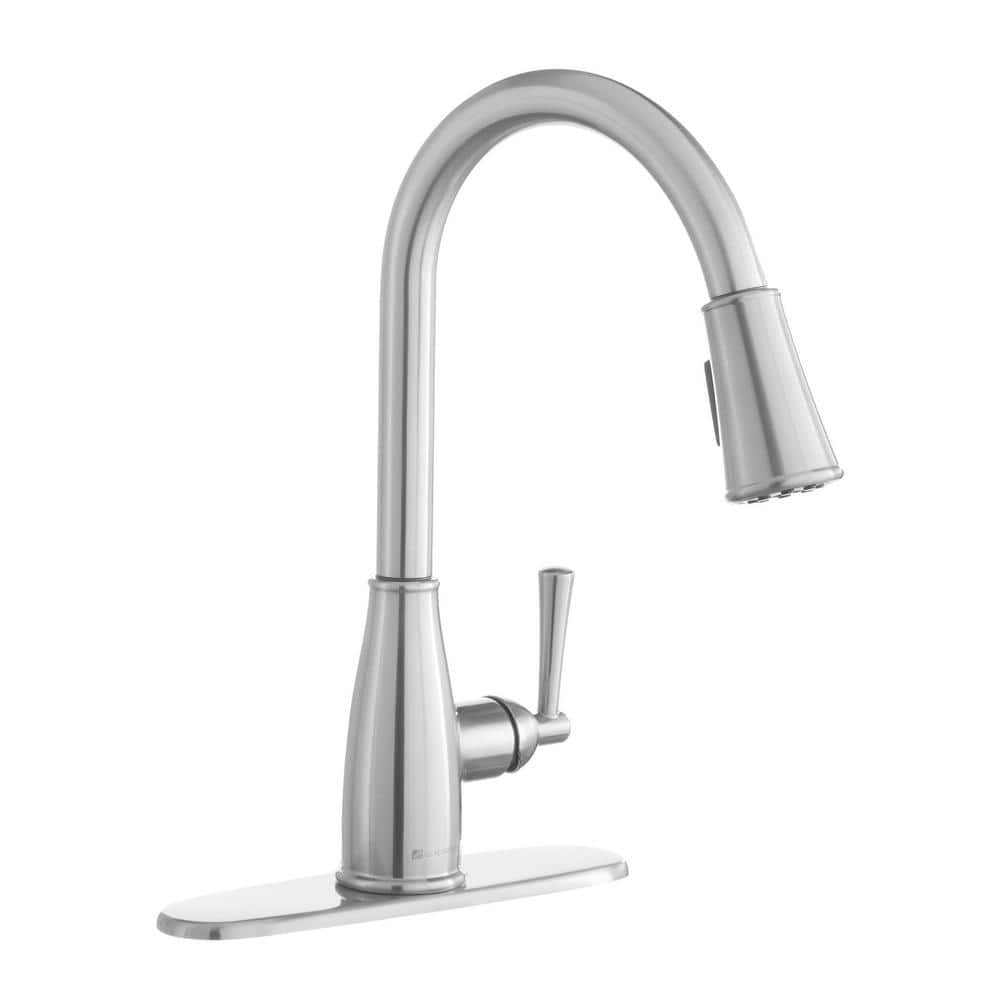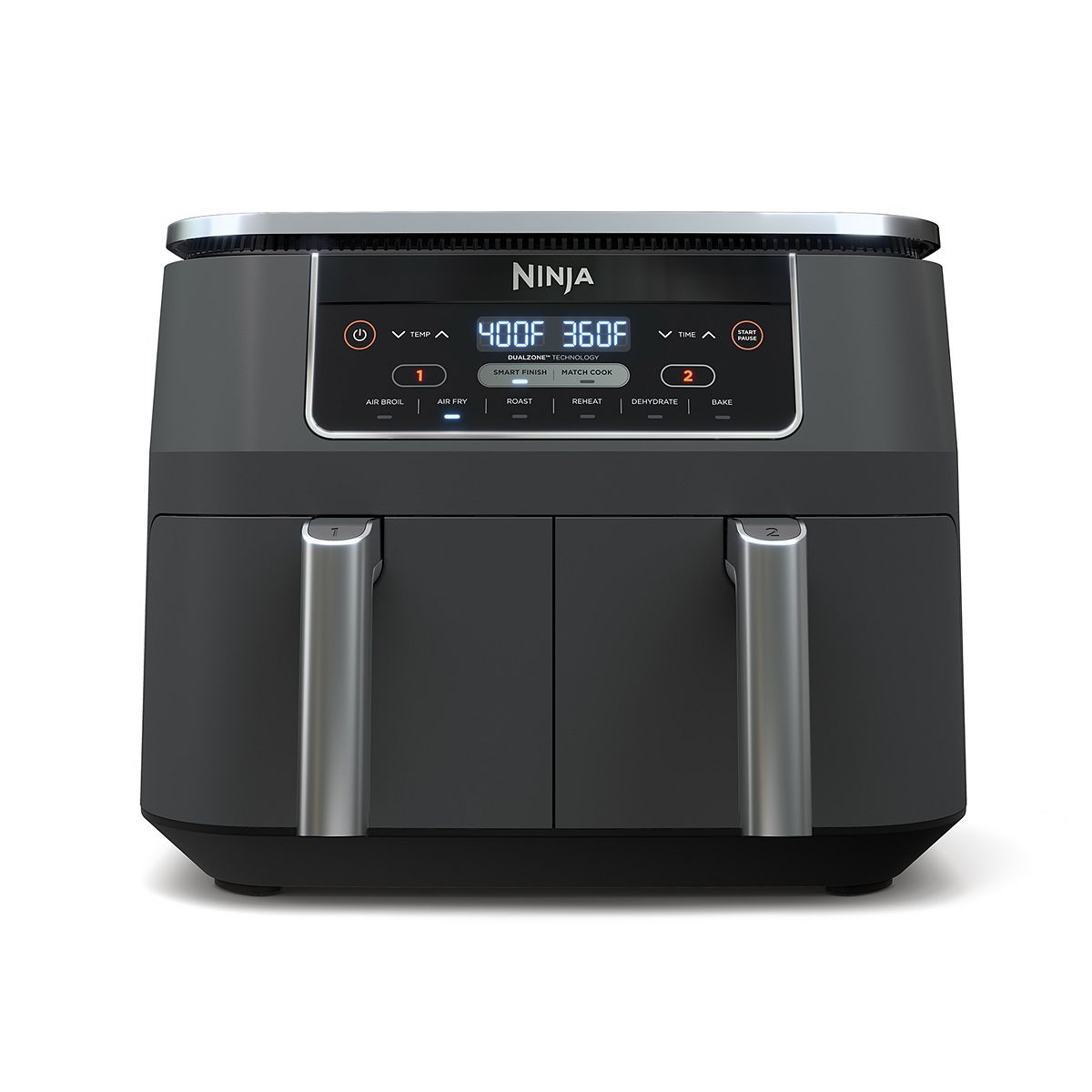Glacier Bay Fairhurst Single-Handle Pull-Down Sprayer Kitchen Faucet with TurboSpray and FastMount in Stainless Steel
Pull-down sprayer features 1.8 GPM & powerful TurboSpray setting. Exclusive FastMount for quick and easy installation. Backed by Glacier Bay limited lifetime warranty.
Update your kitchen with this Glacier Bay Fairhurst kitchen faucet. A pull-down spray wand with TurboSpray comes with a 59-in. hose and a 14-in. reach., enabling easy cleaning. The FastMount system provides a convenient set-up. To make operation easy, it offers a rotating 360-degree high-arc spout. The ceramic disc cartridge helps prevent drips, and the stainless steel finish ensures lasting use.
- Stainless steel finish for lasting durability
- Single-handle faucet design for quick and easy water control with a single lever
- High-arc spout swivels 360 degrees for complete sink access
- Pull-down spray wand features a 59-in. hose for a 14-in. reach to clean the bottom of pots quickly and easily
- Featuring TurboSpray which provides focused water columns with 30% more power than your standard pull-down faucet, also includes an aerated spray
- 1.8 GPM flow rate
- 36-in. supply hose length with 32-in. workable supply hose length with a 3/8-in. connection
- Exclusive FastMount mounting system helps make installation quicker and easier
- Limited lifetime warranty
Additional information
| Connection size (in.) | 3/8 In. |
|---|---|
| Extended Hose Length (in.) | 59.40 |
| Faucet Height (in.) | 14.96 |
| Spout Height (in.) | 7.59 |
| Certifications and Listings | IAPMO Certified |
| Manufacturer Warranty | Limited lifetime warranty |






by Robert
This faucet was really easy to install. Only a crescent wrench needed.
by Heather
This faucet was EASY to install, looks great, and is super functional. For the price, it cannot be beat! Due to the funky plumbing in our kitchen, the sprayer can be a little difficult to pull out of the faucet, but I think if you have a roomy under-sink area, it would probably work fine.
by Oday
Great faucet!!! I’m using it in my home and it works really well.
by Steve
I ordered this it replace my current kitchen faucet and I’m glad I did. It work so easy and aesthetically is BEAUTIFUL with my granite countertops!